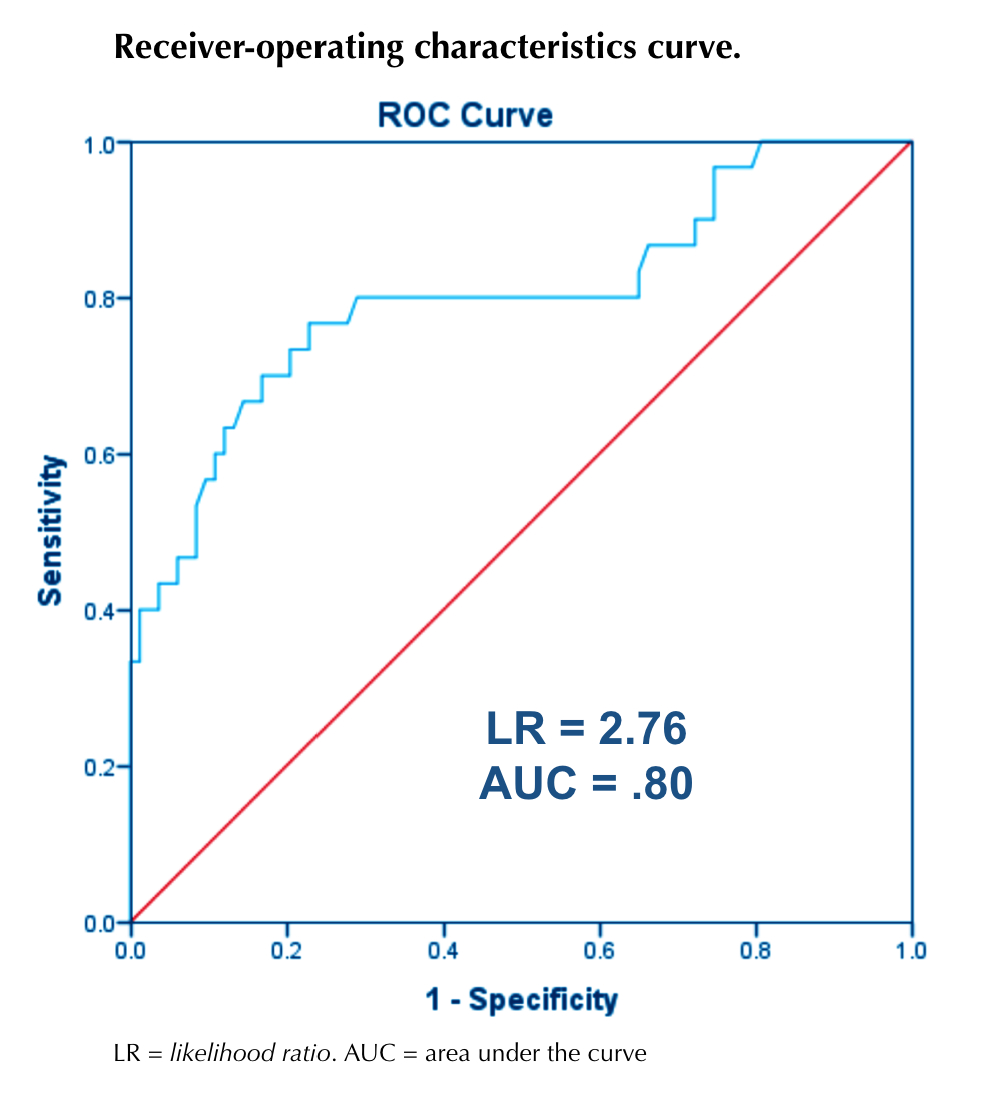NEUTROPHIL-LYMPHOCYTE RATIO CORRELATES WITH PROGRESSION TO DYSPLASIA AND ADENOCARCINOMA IN PATIENTS WITH BARRETT'S ESOPHAGUS: A CROSS-SECTIONAL RETROSPECTIVE STUDY
Vinicius J. Campos*, Guilherme d. Mazzini, José Felipe Juchem, Richard R. Gurski
Hospital de Clínicas de Porto Alegre, Porto Alegre, Brazil
Background:Surveillance of patients with Barrett's esophagus (BE) relays on endoscopic biopsy to identify the progression from metaplasia to dysplasia and adenocarcinoma. The neutrophil-lymphocyte ratio (NLR) is an indirect measure of the imbalance between innate and adaptive immune systems in early stages of carcinogenesis and has been studied as a biomarker in premalignant conditions. Our aim is to investigate if NLR could help surveillance for BE, identifying patients with higher risk of progression to dysplasia and neoplasia.
Methods:We retrospectively analyzed patients with endoscopic biopsies reporting BE between 2005 and 2017, with elective complete blood count within 6 months of the endoscopy, as well as patients with adenocarcinoma (ACE) of the distal esophagus. NLR was calculated as total neutrophil count/total lymphocyte count. Cases were classified as non-dysplastic BE (ndBE), dysplastic BE (dBE) if either low grade or high-grade dysplasia was present, and adenocarcinoma (ACE). Receiver operating curve tested the ability of NLR to diagnose ACE.
Results:113 patients were selected (ndBE, n=72; dBE, n=11; ACE, n=30). NLR progressively increased across the groups and was higher in ACE group (ndBE, 1.92±0.7; dBE, 2.92±1.1; ACE 4.54±2.9, p<.001). Additionally, there was a significant correlation between NRL and progression from ndBE to ACE (Figure 1, r=.53, p<.001). NLR > 2,27 was able to diagnose ACE with 80% sensitivity and 71% specificity (area under the curve=.8).
Conclusion:There is a positive correlation between NLR and progression from BE to ACE. Prospective studies should be performed to assess its value in surveillance strategies.

Back to 2019 Abstracts




